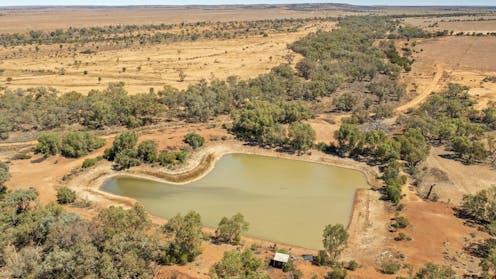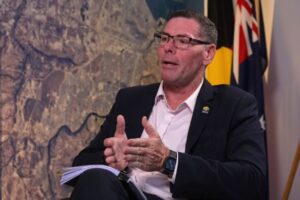
Concerns over sodium levels in drinking water have emerged as a significant public health issue in Australia, particularly affecting remote and regional communities. Research indicates that many Australians consume nearly double the recommended daily sodium intake of 2,000 milligrams, primarily through food. As sodium levels in drinking water are often overlooked, this situation exacerbates existing health disparities.
While the National Health and Medical Research Council recommends a sodium intake of no more than one teaspoon of salt per day, the average Australian’s consumption is alarming. In some regions, the salinity of drinking water further complicates health outcomes related to high sodium intake, which is linked to hypertension and cardiovascular diseases.
Global Standards and Local Gaps
A recent study assessed sodium guidelines in drinking water across 197 countries. The findings revealed that approximately 20% of these countries, representing 30% of the global population, do not impose any sodium limits in drinking water. Among those that do, the majority adhere to World Health Organization (WHO) guidelines, which prioritize taste over health. The WHO suggests a sodium threshold of no more than 200 mg/L, based on palatability, despite evidence linking higher sodium intake directly to increased blood pressure.
Australia’s current drinking water guidelines set a non-mandatory sodium limit of 180 mg/L, which remains too high to safeguard public health effectively. Drinking two liters of water at this concentration could result in an intake of 360 mg of sodium, nearly one-fifth of the daily maximum recommended limit. For individuals with hypertension, this poses a significant health risk.
Local Impact and Health Inequities
The situation is particularly dire in regions such as Walgett, New South Wales, where many residents rely on bore water. Following a severe drought in 2018, the local river dried up, forcing the community to switch to bore water. Tests conducted by researchers from the University of New South Wales revealed sodium levels exceeding 300 mg/L. Although a desalination plant was installed in 2020, it faced operational challenges and was decommissioned shortly thereafter. As a result, Walgett continues to struggle with inadequate access to safe drinking water.
The disparity in water quality often correlates with socioeconomic factors. Indigenous Australians, who already face disproportionately high rates of hypertension and cardiovascular diseases, are especially vulnerable. Many families report spending up to A$50 weekly on bottled water, forcing difficult choices between hydration and essential resources like food and medicine.
Efforts to address this health inequity are hampered by the absence of mandatory health-based sodium limits. Without enforceable standards, communities lack the means to compel authorities to ensure safe drinking water.
The European Union has taken steps toward addressing such issues by mandating legally binding drinking water standards across member states. Although these standards still reference the outdated 200 mg/L taste threshold, they provide a framework for communities advocating for improved water quality. In contrast, Australia lacks a similar legal basis, which could impede progress towards meeting sodium reduction targets set by the United Nations.
As health disparities continue to widen, it is crucial for Australian water policy to adapt to current scientific understanding and public health priorities. Without proactive measures, vulnerable communities will remain at risk, and the fight for safe drinking water will persist.
Research for this article was supported by the National Health and Medical Research Council, with contributions from Jacqui Webster and Juliette Crowther. The George Institute’s Food Policy Group is a recognized World Health Organization Collaborating Centre on Population Salt Reduction.






